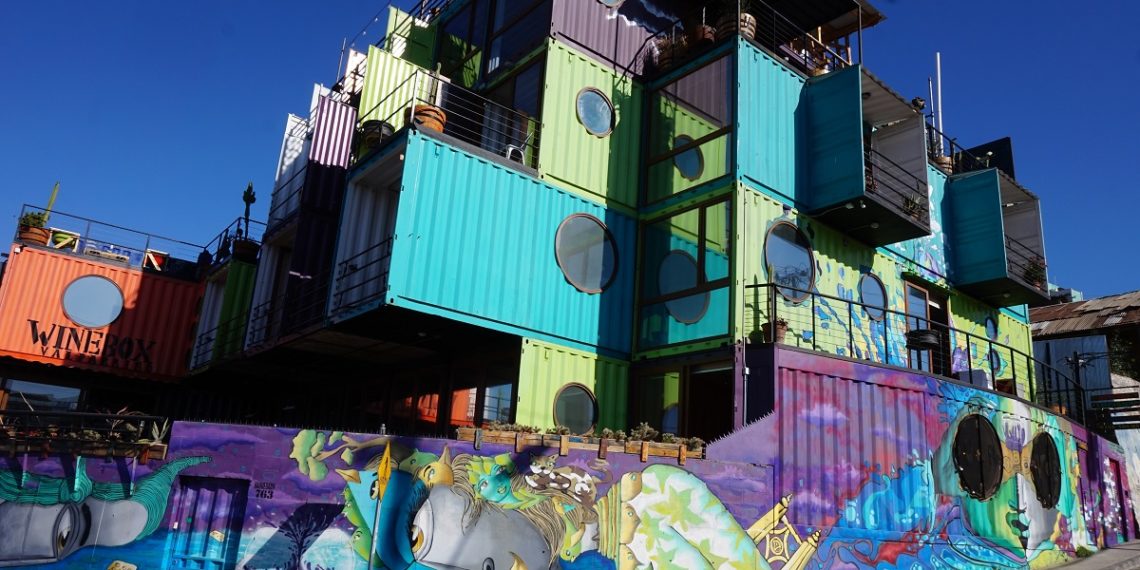Australian homes have evolved —- from having brick homes to building a concrete one, each individual has their preference when building their house. Nowadays, some Australians have also considered having a container home; it’s minimal, timely, and it may be thought to be built faster than the usual Australian home.
Metal boxes properties, also known as container homes, have evolved around the Australian neighborhood. It may be quite fascinating to have one, but you must look into considerations before you build any. Nevertheless, a used shipping container may cost about $1,500 and $2,200 and believe it or not, it’s just the raw container you are buying. Yet, some people have also thought about the permissions for this type of property —- do you need planning permission for a container home?
Let’s look into the underlying restrictions first before building one.
Local Planning Authority
The specific answer lies within the Local Planning Authority (LPA). Every area has its regulations for this, so it’s best to search for the website authorized for your location. For those who want to build container homes that are just temporary (meaning just for a few months), you might not need to acquire a permit from your LPA. Yet, for those planning to build a permanent home, it is deemed necessary to get planning permission beforehand.
In Queensland, you will not need planning permission in an urban area if you have a temporary container home for 30 days, and 90 days in the countryside, and you also need a permit to build one even in rural areas as per Mackay Regional Council specifications.
In Victoria, the Cardinia Council only allows container homes to be built in a residential area if with a permit, while the South Gippsland Council does not allow containers to be used in residential areas.
Most local councils will certainly need planning permission and treat it like building the usual concrete home. This entails approvals, engineering and architectural plans, and ample inspections from the authorities in your area.
Always do your assignment before you pop the box above ground.
Are container homes safe?
There is no certain answer for this as it all depends on how long the container is and how you modify them to make a safer space. Usually, the cheapest container box alone would cost you about $1,500 and the unused ones can go to around $5,000. But how you build it can affect its performance.
You need to remember that container boxes only have steel frames with them on the sides and above. Cutting some parts to build your doors and windows would mean a weaker container, and you ought to build an additional foundation in them. Moreover, container homes can rust and decay due to weather conditions; they can be potentially dangerous too. Thus, it is important to take care of them and look for solutions that can avoid such.
Even so, it is highly suggested to talk to someone who is living or designs container homes for professional advice.
Container Homes: Upsides and Downsides
Before building your container home, might as well look into how it can be an advantage to you or a disadvantage as well.
Advantages
Container homes are eco-friendly and can easily be modified and erected. You will not need any additional materials unlike building a typical home where the concrete needs time to be seasoned well. Also, they come in handy when it comes to aesthetics; just customizing a little can make it beautiful in no time.
Disadvantages
However, building a fast-paced home could have underlying downsides. First, container homes can be difficult and costly and may even entail additional permits. Contrary to what people believe, it can be expensive depending on how big and how recent the containers have been manufactured. Accordingly, you are not quite sure of the durability of the container when it is shipped to you.
Likewise, it might be limiting when it comes to modifications. As it is ready-made, customizing it can have restrictions as it is just a four-sided compartment you will be using. Aside from this, rust-build-up can be inevitable, so there will always be additional costs to prevent damage especially when it comes to varying weather conditions.
Therefore, looking into its ups and downs is necessary, to build a hassle-free home.
Now it’s time to revisit your plans to build a container home. Ask yourself if it’s good for you or not. Before jumping into conclusions, always assess how and why it will be more beneficial for you in the long run.
Photo by Patrick Minero on Unsplash


